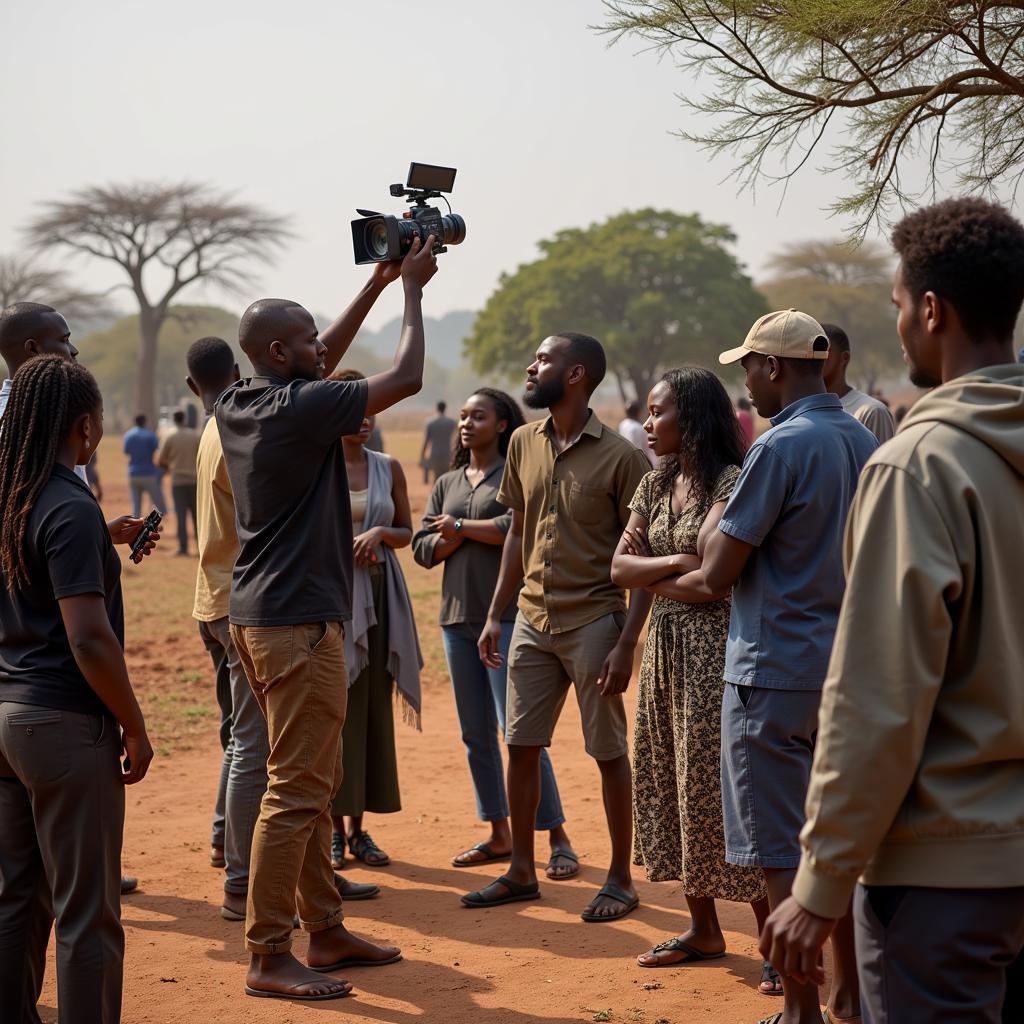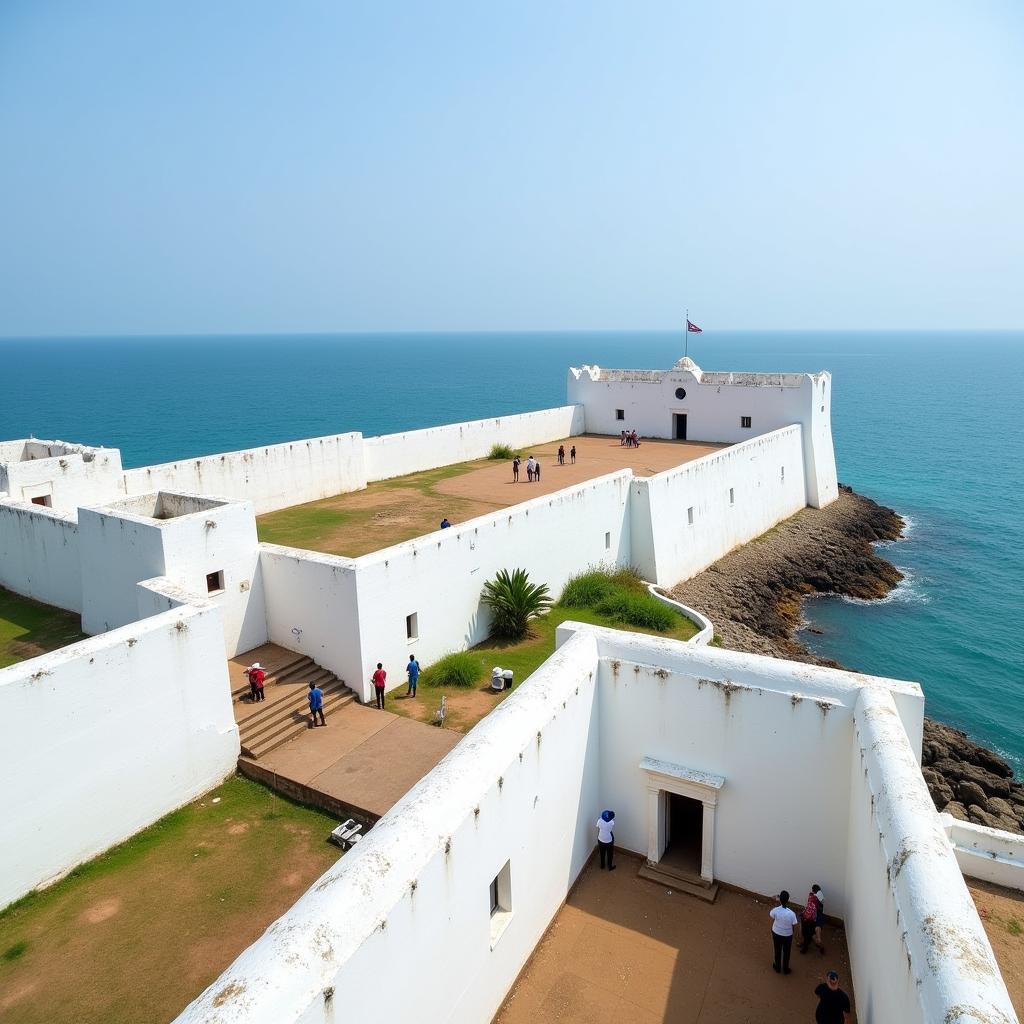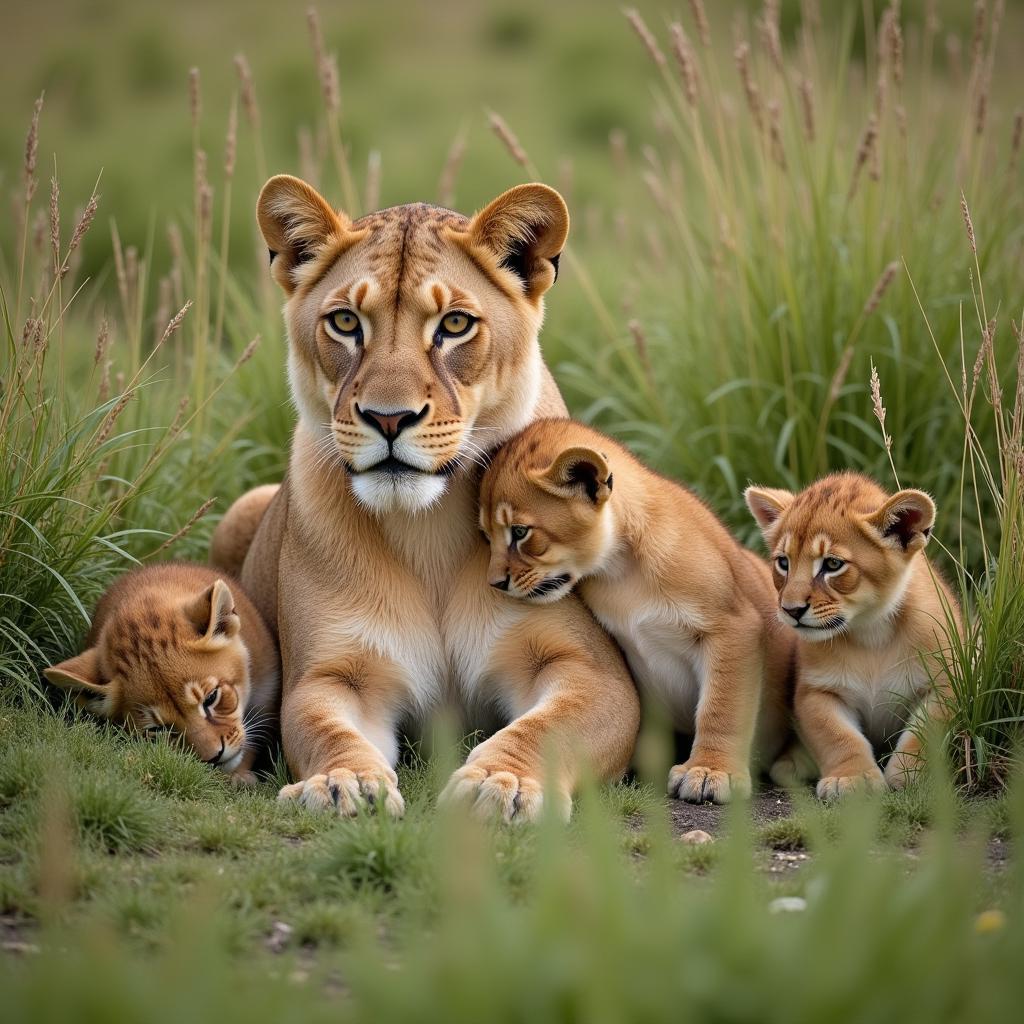A Spotlight on African Cinematographers: Shaping Visual Narratives
African cinema, though often overlooked in mainstream conversations, boasts a rich tapestry of stories, perspectives, and artistic expressions. Behind these powerful films are visionary African Cinematographers who capture the continent’s beauty, complexity, and evolving narratives through their lenses. These artists, through their technical prowess and artistic sensibilities, paint vivid pictures that resonate far beyond the screen.
The Unsung Heroes of African Cinema
While directors often receive the lion’s share of recognition, cinematographers are the unsung heroes who translate the director’s vision into compelling visuals. They are masters of light, shadow, composition, and movement, shaping the audience’s emotional experience with every frame. African cinematographers, in particular, carry the crucial responsibility of challenging stereotypical representations and showcasing the continent’s multifaceted realities.
 Film Set in Africa
Film Set in Africa
Pioneers Paving the Way
Over the decades, numerous African cinematographers have emerged as influential figures, shaping the visual language of African cinema and garnering international acclaim. Pioneers like Ousmane Ndiaye, known for his work with Senegalese director Ousmane Sembène, brought a poetic realism to films like Black Girl and Mandabi. His use of natural light and close-ups captured the nuances of daily life in post-colonial Senegal.
Mohammed Soueid, a Moroccan cinematographer, gained recognition for his collaborations with director Jillali Ferhati. His work, characterized by long takes and a gritty, documentary-style aesthetic, offered a raw and unflinching look at Moroccan society.
 Award Ceremony
Award Ceremony
A New Wave of Visual Storytellers
The legacy of these pioneers continues to inspire a new generation of African cinematographers who are pushing boundaries and exploring new frontiers in visual storytelling. Bradford Young, a critically acclaimed American cinematographer of African descent, has garnered international recognition for his work on films like Arrival and Selma. His use of light and shadow creates a sense of intimacy and immediacy, drawing the viewer into the emotional core of his characters’ experiences.
Another rising star is Thabang Moleya, a South African cinematographer who has gained acclaim for his work on Netflix’s first African original series, Queen Sono. His dynamic camerawork and vibrant use of color capture the energy and dynamism of contemporary Africa.
Beyond Borders: The Global Influence of African Cinematographers
The impact of African cinematographers extends far beyond the continent. Their unique perspectives and artistic sensibilities are increasingly sought after by international filmmakers. Their work challenges preconceived notions, breaks down stereotypes, and fosters a deeper understanding of the African experience.
 Collaborative Filmmaking
Collaborative Filmmaking
Looking Ahead: A Bright Future for African Cinema
As the global film industry evolves, African cinematographers are poised to play an even more significant role in shaping the future of cinema. Their contributions are essential in telling authentic and nuanced stories that reflect the diversity and richness of the African continent and its diaspora. By amplifying these voices and celebrating their artistry, we can contribute to a more inclusive and representative cinematic landscape for all.

